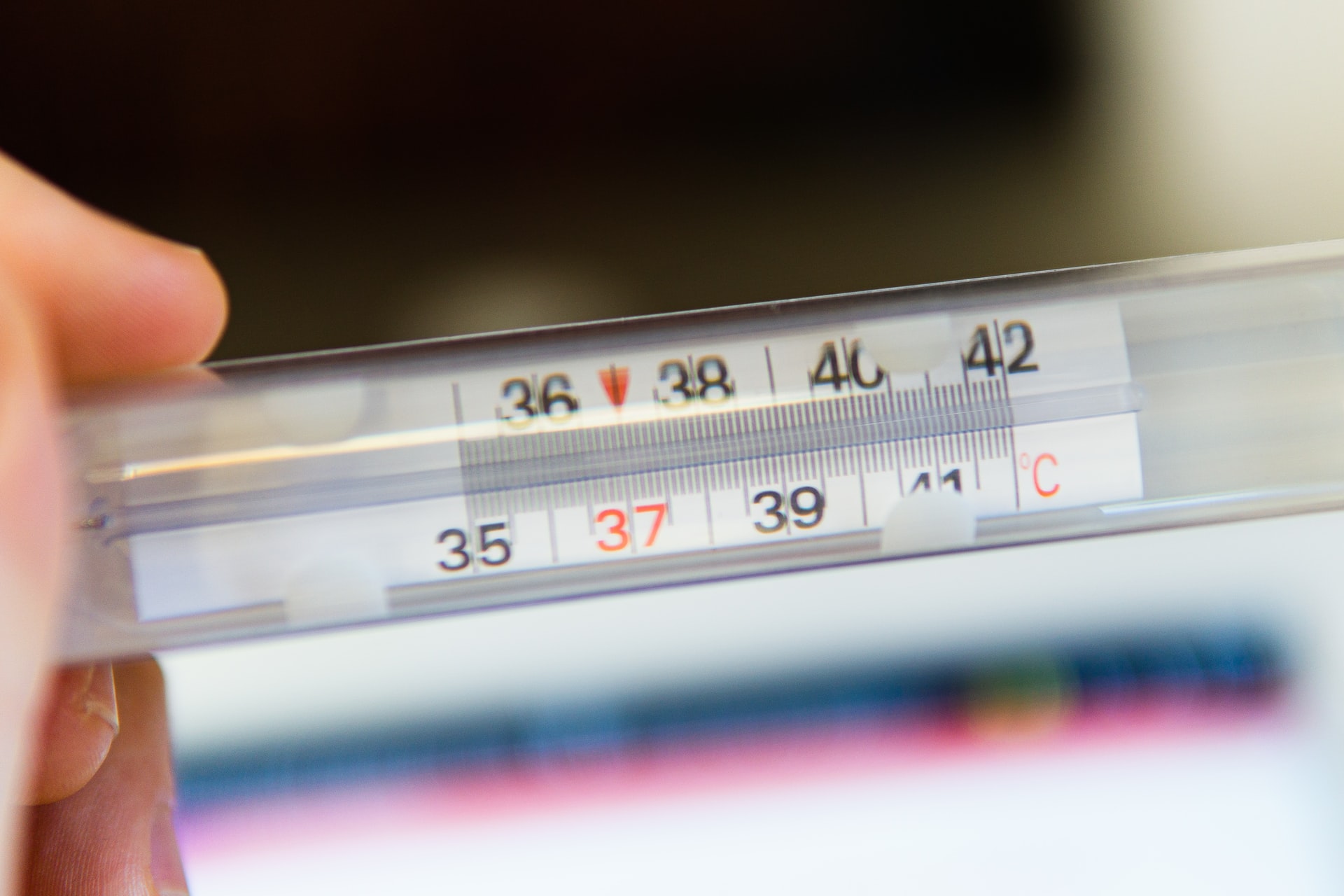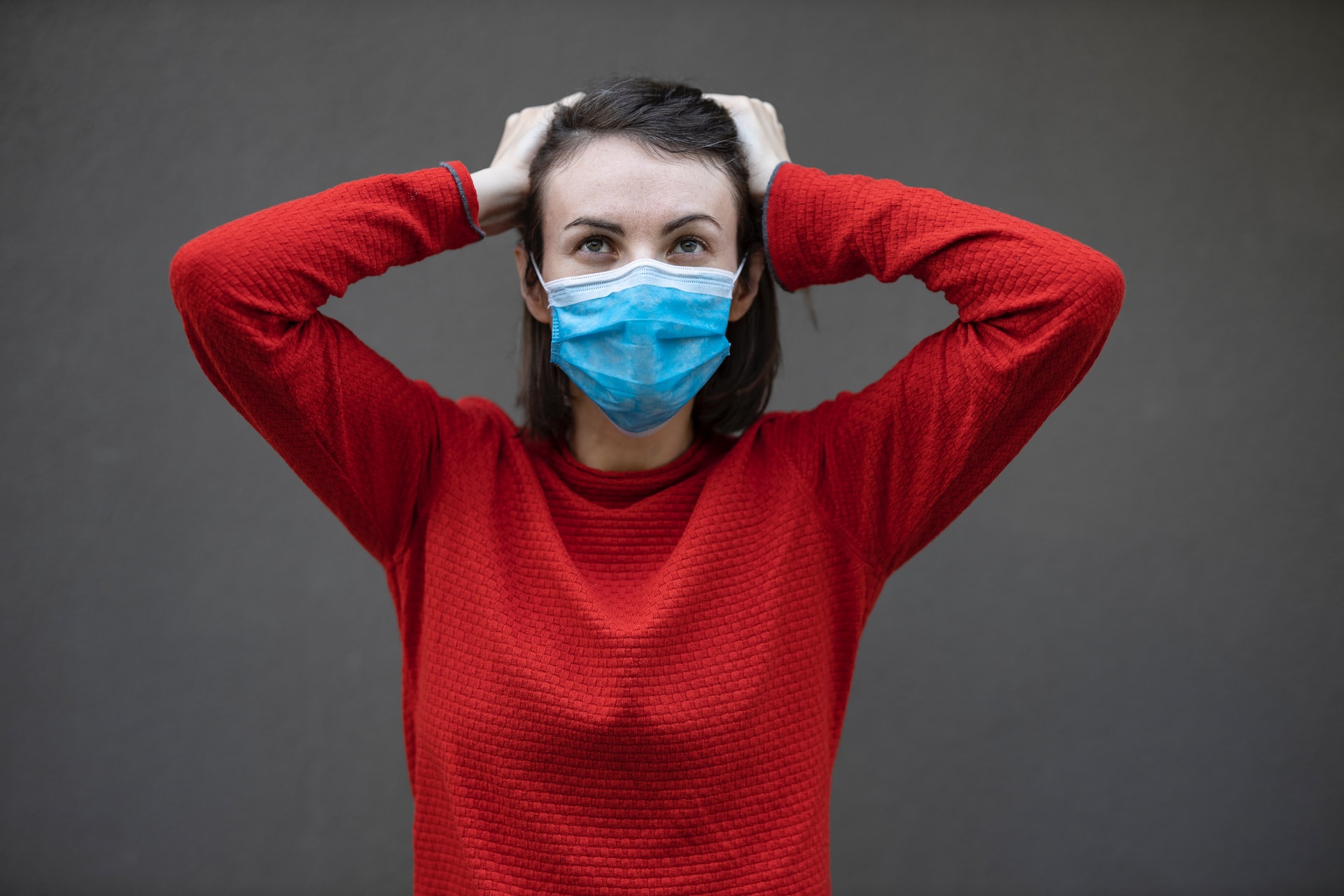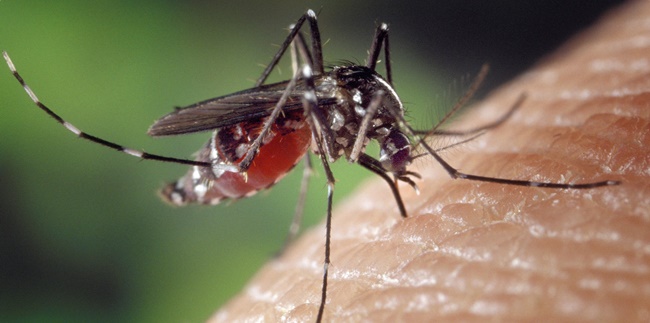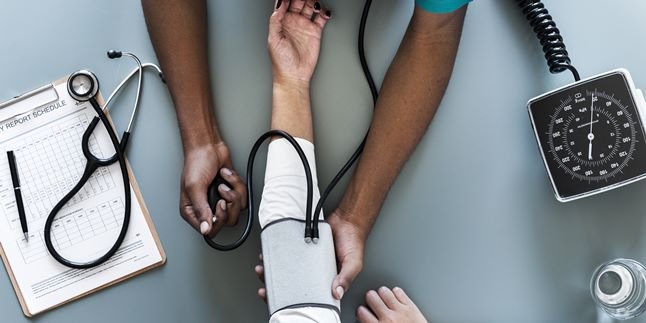Kapanlagi.com - The signs of dengue fever or DBD need to be detected early. Generally, these symptoms can appear within a period of two to seven days after the dengue virus infects the body. Not to be taken lightly, the signs of DBD can cause mild to severe symptoms.
Aedes Aegypti mosquitoes infected with the dengue virus can cause someone to experience dengue fever due to their bites. This virus infection can cause symptoms such as fever, skin rash, muscle and joint pain.
However, there are also signs of DBD with quite severe symptoms due to serious complications. This needs to be detected as early as possible to prevent the negative effects of dengue virus infection.
That is why, below is a summary by kapanlagi.com from various sources related to the signs of DBD. The symptoms of DBD are generally marked by the appearance of red spots on the skin, but there are also other signs of DBD that need to be watched out for. Check out the references about DBD signs below.
1. High Fever - Red Spots on the Skin

(credit: unsplash.com)
The most common symptom of dengue fever (DBD) is experiencing high fever and the appearance of red spots on the skin. Unlike regular fever, these symptoms of DBD occur suddenly with a fairly high body temperature. Here is an explanation of the symptoms of DBD: high fever and the appearance of red spots.
1. High Fever
As mentioned earlier, the first and most common symptom of DBD is experiencing high fever. High fever often becomes a sign of the body being infected with the dengue virus carried by the Aedes Aegypti mosquito. Unlike regular fever caused by other viral or bacterial infections, fever due to DBD can occur suddenly.
Not only that, the body temperature can reach around 38 to 40 degrees Celsius due to dengue virus infection. In addition, these DBD symptoms are not accompanied by other symptoms such as coughing or sneezing. DBD patients may experience fever for approximately two to seven days.
2. Appearance of Red Spots on the Skin
Another symptom of DBD is the appearance of red spots on the skin. Medically known as petechiae, these red spots can occur for about two to three days. The appearance of red spots due to DBD usually occurs on the third or fifth day. These symptoms can appear on the face, neck, chest, hands, or feet.
2. Muscle Pain, Joint Pain, and Headache

(credit: unsplash.com)
In addition to the above symptoms of dengue fever, there are also other symptoms that need to be aware of as early as possible. Among them are experiencing muscle pain, joint pain, and headache. The explanation can be seen through the following description about the symptoms of dengue fever.
3. Muscle Pain
Another symptom of dengue fever is experiencing muscle pain. Muscle pain can cause the patient to experience severe pain in the muscles. Even this pain is sometimes accompanied by shivering and cold sweats. This symptom can be felt within a period of four to 10 days after infection.
4. Joint Pain
Not only muscle pain, but also can feel pain in the joints. This makes the patient feel like their bones are crushed or even broken. Similar to muscle pain, the pain in the joints is also accompanied by shivering and cold sweats.
5. Headache
Unlike ordinary headaches, this symptom of dengue fever occurs with intense pain. That is why these symptoms often make the sufferer have difficulty sleeping. In addition, to make it easier to distinguish, the headache symptom of dengue fever is generally felt in the forehead area, pain in the back of the eye.
3. Nausea and Vomiting - Feeling Tired and Weak

(credit: unsplash.com)
Nausea, vomiting, and feeling tired can also be symptoms of dengue fever that need to be watched out for as early as possible. For further explanation, you can read the following review about the symptoms of dengue fever.
6. Nausea and Vomiting
The symptoms of dengue fever, such as nausea and vomiting, can be experienced by infected individuals two to four days after being infected. This causes the patients to experience eating disorders due to uncomfortable digestive conditions.
7. Feeling Tired and Weak
Related to the symptoms of dengue fever, nausea and vomiting, when the body does not have enough food intake, it can cause weakness and fatigue. That is why this is also one of the symptoms of dengue fever that you need to watch out for. The appetite of dengue fever patients may decrease followed by other symptoms of dengue fever.
4. Dehydration, Bleeding, and Severe Abdominal Pain

(credit: unsplash.com)
The next characteristics of dengue fever are dehydration and bleeding. This needs to be noted if a dengue fever patient experiences bleeding. Here is an explanation of the characteristics of dengue fever.
8. Dehydration
Dehydration causes the body to lack water intake. As a result, it can disrupt the body's fluid needs, which actually help the healing process. Therefore, it is necessary to meet the fluid needs as much as possible in order to accelerate the recovery process.
9. Bleeding
These characteristics of dengue fever are considered one of the serious symptoms that require immediate treatment. This is because bleeding occurs due to damage to blood vessels, resulting in low platelet levels. It should not be taken lightly, as low platelet levels can cause blood clotting in patients. Some symptoms may also appear, such as nosebleeds or bleeding gums without clear cause. In addition, sometimes feces or urine can be mixed with blood.
10. Severe Abdominal Pain
Another characteristic of dengue fever is experiencing severe abdominal pain. This abdominal pain can be one of the signs of dengue fever at a fairly serious level, even resulting in fatality. The cause is suspected to be due to experiencing a number of complications such as kidney, cholecystitis, or pancreatitis. This causes patients to experience what is called dengue shock syndrome.
5. Treatment and Care for Dengue Fever

(credit: unsplash.com)
Treatment and care for dengue fever is usually tailored to the symptoms that arise from the dengue virus infection. However, in mild cases, treatment and management of dengue fever can be done with several things, namely:
- Meeting the body's fluid needs as advised by a doctor.
- Administering medication to reduce pain due to symptoms that arise, such as Tylenol or paracetamol.
- Meanwhile, treatment or management of dengue fever in more serious conditions can be done with several things, such as:
- Blood transfusion if the patient with dengue fever experiences blood deficiency.
- Intravenous fluid infusion by a doctor if the patient cannot receive fluids orally.
Those are the 10 characteristics of dengue fever that not only appear as red spots. That is why by knowing the characteristics of dengue fever, it can prevent serious effects due to dengue virus infection carried by Aedes Aegypti mosquitoes.
Source: halodoc.com, liputan6.com
(kpl/nlw)
Disclaimer: This translation from Bahasa Indonesia to English has been generated by Artificial Intelligence.

















